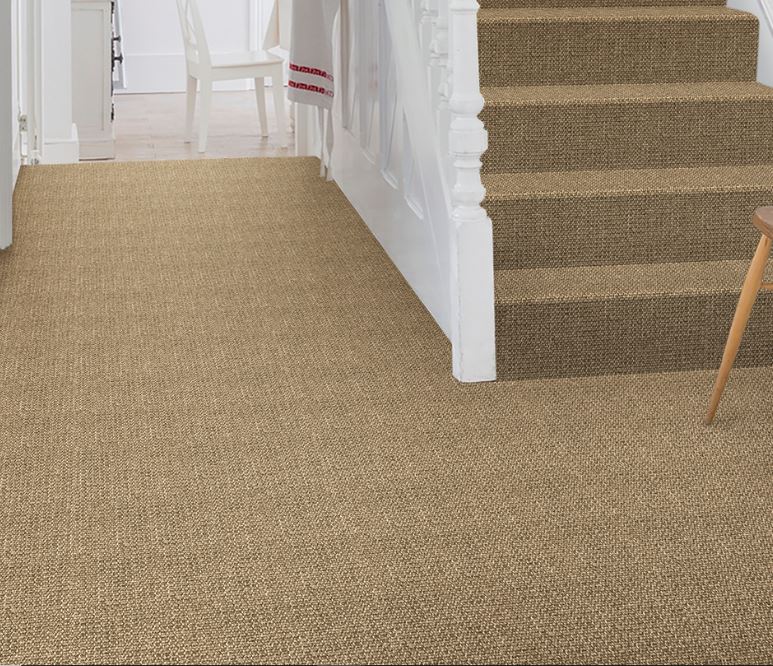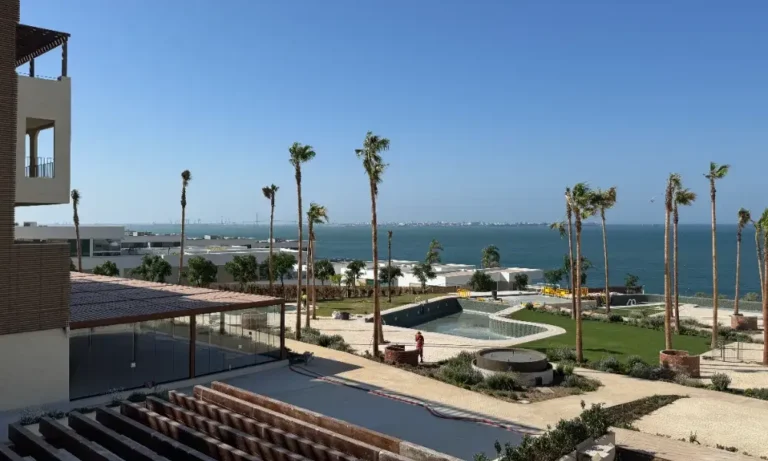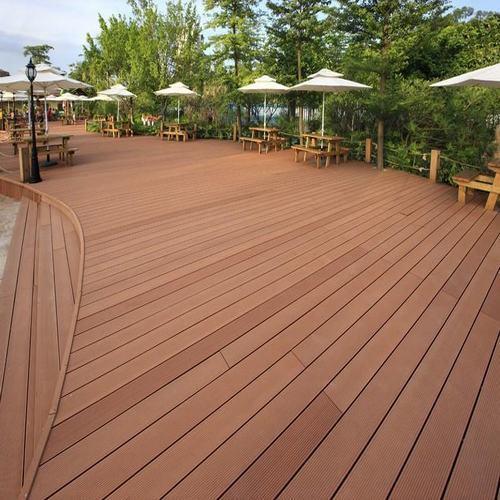
When it comes to choosing a carpet that’s stylish, natural, and sustainable, sisal, jute, and seagrass are the top contenders. These plant-based fibers have gained popularity for their earthy texture, durability, and eco-friendliness. But while they may look similar at first glance, they differ significantly in feel, strength, and suitability for different rooms.
If you’re considering a natural fiber sisal carpets but aren’t sure which one is right for your home, this detailed comparison ;phelp you make a smart choice.
What Are These Natural Fibers Made From?
Let’s start with the basics—understanding where each material comes from:
- Sisal: Extracted from the leaves of the agave plant, primarily grown in Mexico and Brazil. It’s known for its stiff, coarse texture.
- Jute: Comes from the stalks of the jute plant, mainly grown in India and Bangladesh. It’s softer and silkier than sisal.
- Seagrass: Grown in saltwater marshes across Asia. It’s a water-resistant grass that has a smooth, waxy feel.
Texture and Feel Underfoot
The feel of a carpet underfoot matters—especially in spaces where you walk barefoot or kids play.
- Sisal Carpet: Coarse and firm. Not the most comfortable barefoot but perfect for adding texture to living rooms or entryways.
- Jute Carpet: Much softer than sisal, making it a better option for bedrooms or casual sitting areas.
- Seagrass Carpet: Smooth and slick to the touch with a natural sheen. It’s slightly softer than sisal but not as plush as jute.
Verdict:
- For comfort → go with jute.
- For textural appeal → choose sisal.
- For a balanced surface → consider seagrass.
Durability and Wear
Natural fiber carpets vary in how well they handle wear and tear, especially in high-traffic areas.
- Sisal: Very durable and tough. Great for stairs, hallways, and busy living areas.
- Jute: The least durable of the three. It’s more delicate and best suited to low-traffic rooms.
- Seagrass: Also highly durable and stain-resistant thanks to its waxy coating. A good middle-ground between sisal and jute.
Verdict:
- For heavy foot traffic → go with sisal or seagrass.
- For light-use spaces → jute works fine.
Moisture Resistance and Stain Protection
Spills and humidity can damage natural fiber rugs—some more than others.
- Sisal: Absorbs moisture easily and stains permanently. Not recommended for kitchens or bathrooms.
- Jute: Absorbs water even faster and can mold or mildew quickly.
- Seagrass: Naturally water-repellent. Resists stains better and can handle a little moisture.
Verdict:
- For humid environments or occasional spills → seagrass is your safest bet.
- Avoid jute and sisal in areas with moisture.
Aesthetic Appeal and Style Options
Each fiber has its own visual appeal and works with different décor styles.
- Sisal: Clean, crisp look with tightly woven patterns. Ideal for minimalist or modern interiors.
- Jute: Natural golden hue with a soft, rustic charm. Pairs well with boho, farmhouse, or casual styles.
- Seagrass: Has a natural green tint that fades to beige. Often woven in basket-like textures—great for coastal or tropical vibes.
Verdict:
- Want a refined look? Choose sisal.
- Prefer a cozy and casual style? Go for jute.
- Like a coastal or natural vibe? Pick seagrass.
Maintenance and Cleaning Tips
Natural fiber rugs require a bit of care to keep them looking fresh:
- Vacuum regularly with strong suction—no beater bar.
- Spot clean spills immediately—blot, never rub.
- Avoid steam cleaning or soaking them with water.
Sisal and jute are less forgiving when it comes to stains, while seagrass is easier to keep clean.
Pro Tip: Use rug pads under any natural fiber carpet to prevent slipping and extend its lifespan.
Price Comparison
Natural fiber carpets are generally affordable, but prices vary:
- Jute: The most budget-friendly option.
- Sisal: Slightly more expensive due to its strength and versatility.
- Seagrass: Falls between jute and sisal in terms of cost.
Verdict:
- On a tight budget? Choose jute.
- Want the best value for durability? Consider sisal or seagrass.
Final Thoughts: Which One Should You Choose?
Here’s a quick summary to help you decide:
| Feature | Sisal | Jute | Seagrass |
| Feel | Coarse | Soft | Smooth |
| Durability | High | Low | High |
| Moisture Resistance | Low | Very Low | Moderate |
| Style | Modern/Minimal | Rustic/Boho | Coastal/Natural |
| Best for | High-traffic areas | Bedrooms | Kitchens, Living rooms |
| Price | Moderate | Low | Moderate |
If you need a tough, long-lasting carpet: go with sisal.
If you want softness and comfort: choose jute.
If you’re after stain resistance and balanced performance: opt for seagrass.
Whichever you choose, natural fiber carpets add character, sustainability, and warmth to your home—without compromising style.
Sisal vs Jute vs Seagrass: Which Natural Fiber Carpet Is Best for Your Home?
When it comes to choosing a carpet that’s stylish, natural, and sustainable, sisal, jute, and seagrass are the top contenders. These plant-based fibers have gained popularity for their earthy texture, durability, and eco-friendliness. But while they may look similar at first glance, they differ significantly in feel, strength, and suitability for different rooms.
If you’re considering a natural fiber carpet but aren’t sure which one is right for your home, this detailed comparison will help you make a smart choice.
What Are These Natural Fibers Made From?
Let’s start with the basics—understanding where each material comes from:
- Sisal: Extracted from the leaves of the agave plant, primarily grown in Mexico and Brazil. It’s known for its stiff, coarse texture.
- Jute: Comes from the stalks of the jute plant, mainly grown in India and Bangladesh. It’s softer and silkier than sisal.
- Seagrass: Grown in saltwater marshes across Asia. It’s a water-resistant grass that has a smooth, waxy feel.
Texture and Feel Underfoot
The feel of a carpet underfoot matters—especially in spaces where you walk barefoot or kids play.
- Sisal Carpet: Coarse and firm. Not the most comfortable barefoot but perfect for adding texture to living rooms or entryways.
- Jute Carpet: Much softer than sisal, making it a better option for bedrooms or casual sitting areas.
- Seagrass Carpet: Smooth and slick to the touch with a natural sheen. It’s slightly softer than sisal but not as plush as jute.
Verdict:
- For comfort → go with jute.
- For textural appeal → choose sisal.
- For a balanced surface → consider seagrass.
Durability and Wear
Natural fiber carpets vary in how well they handle wear and tear, especially in high-traffic areas.
- Sisal: Very durable and tough. Great for stairs, hallways, and busy living areas.
- Jute: The least durable of the three. It’s more delicate and best suited to low-traffic rooms.
- Seagrass: Also highly durable and stain-resistant thanks to its waxy coating. A good middle-ground between sisal and jute.
Verdict:
- For heavy foot traffic → go with sisal or seagrass.
- For light-use spaces → jute works fine.
Moisture Resistance and Stain Protection
Spills and humidity can damage natural fiber rugs—some more than others.
- Sisal: Absorbs moisture easily and stains permanently. Not recommended for kitchens or bathrooms.
- Jute: Absorbs water even faster and can mold or mildew quickly.
- Seagrass: Naturally water-repellent. Resists stains better and can handle a little moisture.
Verdict:
- For humid environments or occasional spills → seagrass is your safest bet.
- Avoid jute and sisal in areas with moisture.
Aesthetic Appeal and Style Options
Each fiber has its own visual appeal and works with different décor styles.
- Sisal: Clean, crisp look with tightly woven patterns. Ideal for minimalist or modern interiors.
- Jute: Natural golden hue with a soft, rustic charm. Pairs well with boho, farmhouse, or casual styles.
- Seagrass: Has a natural green tint that fades to beige. Often woven in basket-like textures—great for coastal or tropical vibes.
Verdict:
- Want a refined look? Choose sisal.
- Prefer a cozy and casual style? Go for jute.
- Like a coastal or natural vibe? Pick seagrass.
Maintenance and Cleaning Tips
Natural fiber rugs require a bit of care to keep them looking fresh:
- Vacuum regularly with strong suction—no beater bar.
- Spot clean spills immediately—blot, never rub.
- Avoid steam cleaning or soaking them with water.
Sisal and jute are less forgiving when it comes to stains, while seagrass is easier to keep clean.
Pro Tip: Use rug pads under any natural fiber carpet to prevent slipping and extend its lifespan.
Price Comparison
Natural fiber carpets are generally affordable, but prices vary:
- Jute: The most budget-friendly option.
- Sisal: Slightly more expensive due to its strength and versatility.
- Seagrass: Falls between jute and sisal in terms of cost.
Verdict:
- On a tight budget? Choose jute.
- Want the best value for durability? Consider sisal or seagrass.
Final Thoughts: Which One Should You Choose?
Here’s a quick summary to help you decide:
| Feature | Sisal | Jute | Seagrass |
| Feel | Coarse | Soft | Smooth |
| Durability | High | Low | High |
| Moisture Resistance | Low | Very Low | Moderate |
| Style | Modern/Minimal | Rustic/Boho | Coastal/Natural |
| Best for | High-traffic areas | Bedrooms | Kitchens, Living rooms |
| Price | Moderate | Low | Moderate |
If you need a tough, long-lasting sisal carpets: go with sisal.
If you want softness and comfort: choose jute.
If you’re after stain resistance and balanced performance: opt for seagrass.
Whichever you choose, natural fiber carpets add character, sustainability, and warmth to your home—without compromising style.






